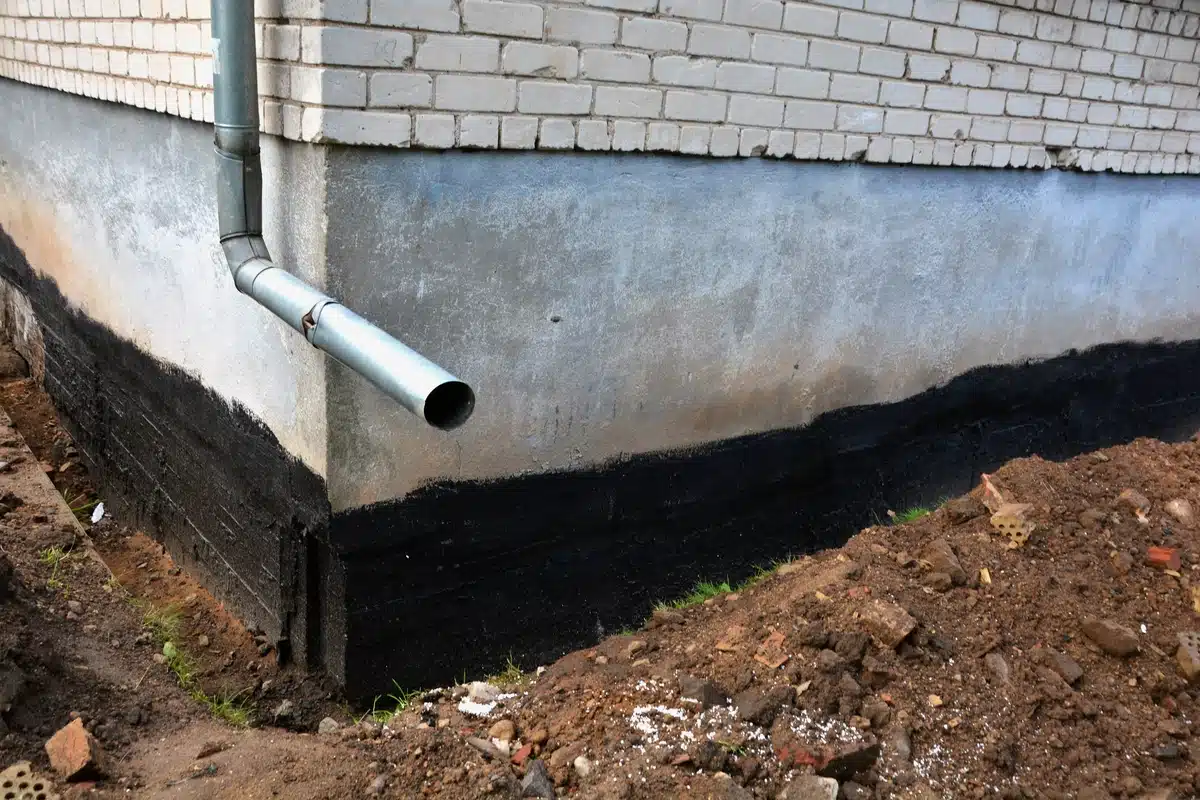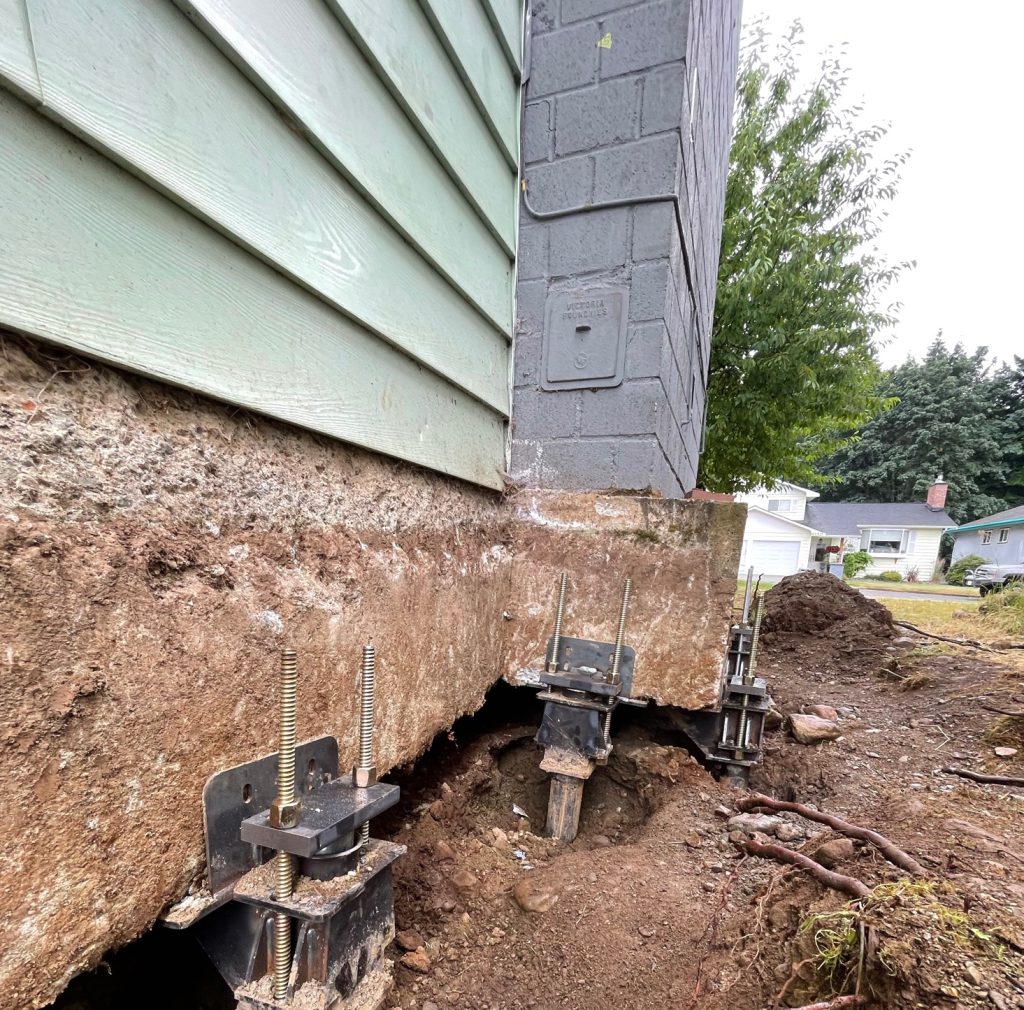Exploring Various Techniques of Foundation Repair for Different Soil Types
Foundation repair is a crucial facet of keeping architectural stability, particularly when thinking about the diverse difficulties postured by different dirt kinds. The intricacy of soil actions under differing conditions requires a customized strategy to fix, making certain optimal services such as helical piers for unstable soils or chemical grouts for natural layers.
Understanding Soil Kinds
Dirt types play a crucial role in the security and durability of building structures, making it important for property owners and construction specialists to understand their features and actions. The communication between soil and structure can determine the structural honesty of a building. There are a number of dirt kinds, each with distinctive physical residential or commercial properties that affect how structures are designed and kept.
Granular dirts, such as sand and crushed rock, give good drainage and are usually taken into consideration stable. In comparison, natural soils like silts and clays display different actions.
Rocky dirts, known for their stamina and stability, deal superb assistance for foundations however might require customized tools for excavation. Conversely, fertile dirts, which are a well balanced mixture of silt, sand, and clay, often give beneficial conditions for foundation support due to their modest water drainage properties.

Recognizing these soil kinds is important for choosing appropriate foundation repair service techniques, ensuring the durability and safety and security of frameworks gradually.
Obstacles With Expansive Clay
Amongst the various soil types, extensive clay offers distinct challenges for foundation stability due to its propensity to go through considerable quantity changes with moisture variation. This kind of soil swells when wet and agreements when completely dry, which can put in significant pressure on frameworks. These changes can result in structure splitting, heaving, and settlement issues, posing significant threats to the structural integrity of buildings.
The difficulties with large clay are aggravated by its plasticity index, which determines the soil's capability to change form and volume. A high plasticity index suggests higher capacity for movement, boosting the probability of damage to foundations. This is particularly problematic in regions experiencing severe or regular weather adjustments, where cycles of wet and dry conditions are typical.
Furthermore, the deepness of extensive clay layers can differ, complicating the analysis and planning of suitable foundation repair work approaches. These complexities require a complete geotechnical evaluation to make certain reliable structure fixing strategies are applied, stressing the relevance of addressing expansive clay difficulties with experience and care.
Solutions for Sandy Soils
Sandy soils, defined by their big bit dimension and low communication, existing distinctive challenges for foundation security due to their propensity for moving and erosion. These residential properties require specialized structure repair service methods to make sure architectural integrity. One effective solution is the usage of deep structure systems such as helical piers or driven piles. By securing the foundation to deeper, extra steady dirt layers, these systems can supply the essential assistance to neutralize the shifting nature of sandy soils.
An additional suggested method is the application of soil stabilization techniques. Chemical grouting, for instance, involves infusing a stabilizing agent right into the soil, which improves communication and minimizes permeability. This process helps to strengthen the sandy substrate, therefore minimizing the risk of disintegration and activity.
In addition, setting up correct water drainage systems is vital in sandy soil conditions. Making certain sufficient drain can stop water accumulation around the structure, which frequently aggravates disintegration and soil variation. Methods such as French drains pipes or surface grading can be used to direct water far from the structure boundary.
Attending To Clearing Up in Loamy Soils
Fertile dirts, understood for their well balanced mix of clay, sand, and silt, offer an abundant base for numerous structures but can sometimes lead to structure settling as a result of their special make-up. This balanced appearance supplies exceptional water drainage and nutrient retention, making it optimal for farming and landscaping. Nonetheless, this very same feature can come to be troublesome for structures, as shifts in dampness content can create the dirt to increase or agreement, leading to settling.
Accurate dirt testing is critical to establish the particular make-up and wetness web content of the loam. As soon as data is collected, carrying out appropriate drainage options is crucial to preserve consistent dampness levels, therefore lowering the danger of soil contraction or development.

Innovative Repair Work Methods
In the realm of foundation repair work, ingenious strategies are continuously being created to deal with the facility challenges postured by numerous soil conditions. As dirt types differ significantly in their structural buildings, conventional techniques may not always suffice. The introduction of new innovations in structure repair supplies much more customized options, making certain security and durability.
One notable advancement is making use of helical piers, which are particularly effective in extensive or unpredictable soils (foundation repair Oklahoma). These piers are screwed into the ground until they reach a secure layer of dirt, offering solid assistance for the structure above. This approach minimizes interruption and is versatile to various dirt types, making it a functional remedy
An additional cutting-edge strategy is the application of polyurethane foam injection. This approach involves infusing high-density polyurethane foam below the foundation to fill spaces and stabilize the framework. It is a much less intrusive option to conventional base, using quick installment with very little disruption to the surrounding location.
In addition, dirt stablizing techniques, such as making use of chemical cements, have actually gotten traction. These compounds boost dirt stamina and decrease permeability, avoiding future changing. Jointly, these cutting-edge fixing techniques give reliable options for the varied obstacles presented by varying soil problems.
Verdict

Structure repair work is a crucial element of keeping structural integrity, particularly when thinking about the diverse challenges postured by various soil types (foundation repair Oklahoma). The intricacy of dirt habits under differing problems requires a customized strategy to fix, ensuring optimum remedies such as helical piers for unpredictable soils or chemical cements for cohesive layers. By securing the structure to much deeper, much more steady dirt layers, these systems can supply the necessary support to neutralize the changing nature of sandy foundation repair okc ok soils
Foundation fixing requires mindful factor to consider of dirt types to make certain stability and long life. Chemical grouts enhance soil strength and minimize permeability in natural dirts.